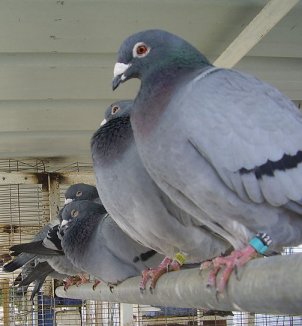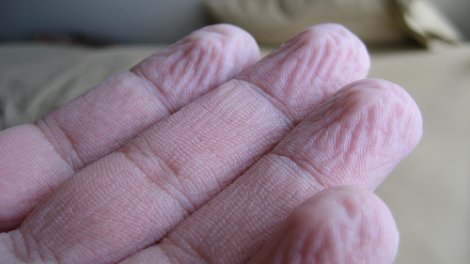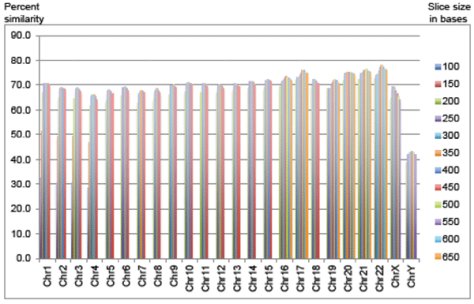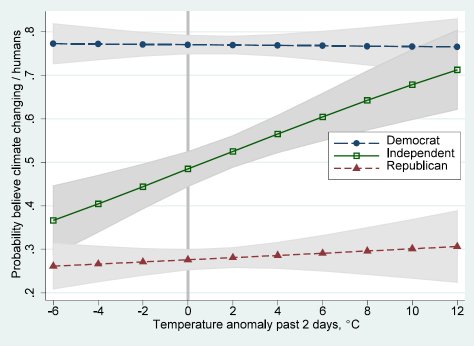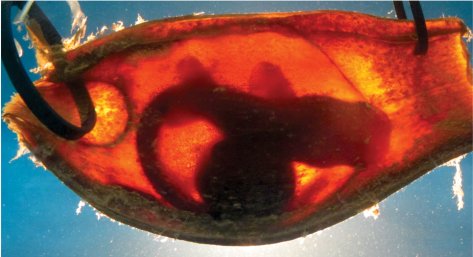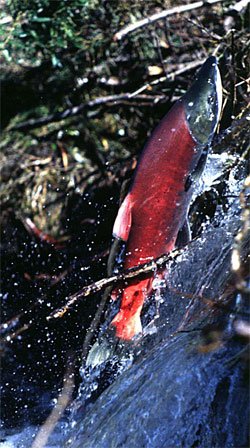Dr. Henry Margenau was the Eugene Higgins Professor Emeritus of Physics and Natural Philosophy at Yale. He died in 1997, but five years before that, he and Roy Varghese, an international journalist, teamed up to edit a book entitled Cosmos, Bios, and Theos: Scientists Reflect on Science, God, and the Origins of the Universe, Life, and Homo sapiens. I came across an old review of the book some time ago, and it sounded intriguing, so I decided to put it on my reading list.
Margenau and Varghese contacted some of the most important scientists of the twentieth century and ask them about their views regarding God and the subject of origins. In the end, they got responses from 60 prominent scientists, 24 of whom had won the Nobel Prize. Most of them responded to six questions that Margenau and Varghese asked:
1. What do you think should be the relationship between religion and science?
2. What is your view on the origin of the universe: both on a scientific level and – if you see the need – on a metaphysical level?
3. What is your view on the origin of life: both on a scientific level and – if you see the need – on a metaphysical level?
4. What is your view on the origin of Homo sapiens?
5. How should science – and the scientist – approach origin questions, specifically the origin of the universe and the origin of life?
6. Many prominent scientists – including Darwin, Einstein, and Planck – have considered the concept of God very seriously. What are your thoughts on the concept of God and the existence of God.
As you might expect when 60 deep thinkers are asked such serious questions, the answers were varied and incredibly interesting. Before I discuss them, however, it is important to make two points. The first one is made in the preface of the book:
Cosmos, Bios, Theos makes no pretension to being a statistically significant survey of the religious beliefs of modern scientists. (p. xiii)
So the reader should not use the responses contained in this book to infer the general attitude among scientists toward the existence of God or the question of origins.
The second point is that not all the scientists responded to those six questions. Instead, some simply wrote a few pages of general thoughts about the topics of God and origins. Others permitted the use of interviews that had already taken place between them and Roy Varghese.
Continue reading “Cosmos, Bios, Theos”


